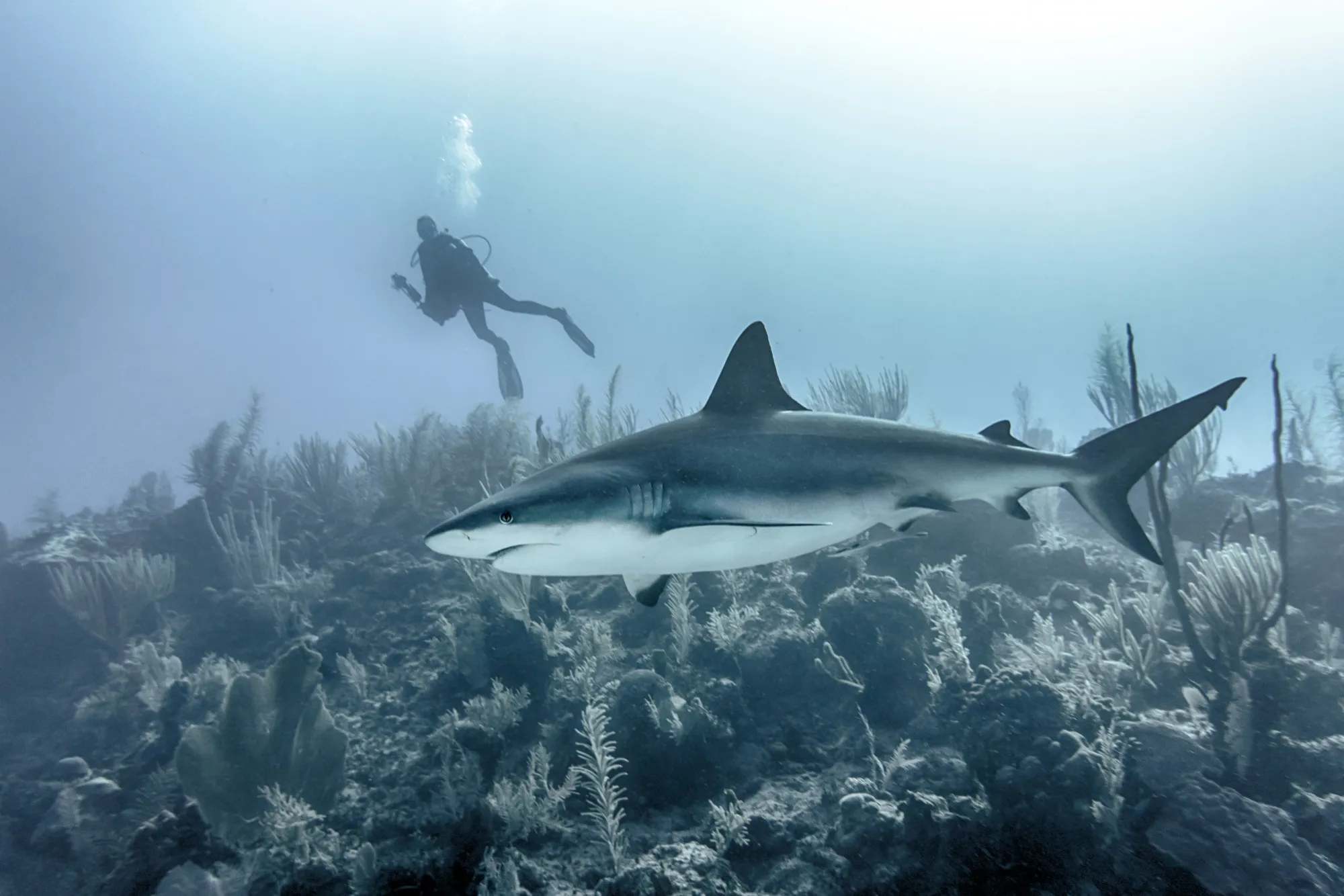Keywords
1. Shark Behavior
2. Underwater Sounds
3. Orca Calls
4. Acoustic Deterrent
5. Anthropogenic Noise
Researchers at The University of Western Australia, in collaboration with other institutions, have revealed significant findings on how sharks react to certain underwater sounds. The comprehensive study, recently published in Scientific Reports (Sci Rep), investigates the behavioral patterns of eight different shark species to orca call sequences and artificial sounds. It provides a better understanding of how sound is a sensory stimulus for sharks and also opens up discussions on the inefficacy of sound-based deterrents for shark species, particularly the white shark (Carcharodon carcharias).
The study, conducted in the wild using a baited underwater camera rig, indicates a notable change in the presence and conduct of reef and coastal sharks when exposed to acoustic stimuli compared to silent control trials. The sharks were less numerous, interacted lesser with the baits, and showed fewer signs of inquisitive behavior in the presence of sounds. This reaction raises concerns about the implications of anthropogenic, or human-made, noise in marine environments on these species.
Interestingly, the white shark demonstrated specific responses as well. While the artificial sound managed to reduce the time spent around the test rigs, the orca calls did not seem to affect the white sharks significantly. This discovery contributes to the ongoing debate about the effectiveness of acoustic deterrent devices, questioning their reliability in deterring white sharks.
The authors of the study, including Lucille Chapuis of The University of Western Australia and other notable names like Shaun P. Collin, Kara E. Yopak, Robert D. McCauley, and Ryan M. Kempster, brought together expertise from marine biology, ichthyology, and acoustic technology to conduct this research. The implications of their findings span across various facets of marine science, addressing ecological concerns, the effects of pollution, and preventive measures for human-shark interactions.
The researchers’ work falls in line with a broader concern for the ocean’s soundscape. Prior research by Kunc et al. (2016) and Slabbekoorn et al. (2010) has delved into the effects of noise pollution on aquatic life, highlighting the need for comprehensive management strategies to mitigate its impacts on marine ecosystems.
Historical Context
The phenomenon of sharks being attracted to sounds isn’t new. Nelson and Gruber’s study in 1963 provided early evidence of sharks’ responses to low-frequency sounds. Subsequent studies, like those by Banner in the late 1960s, further explored these behavioral dynamics. In parallel, acoustic research has illuminated the sound patterns of orcas (Ford et al., 2011), a natural predator of sharks, and their potential use in deterring shark populations in the vicinity of public beaches or fishery operations.
Conclusion and Reflections
While the study has offered substantial insights into shark reactions to specific sounds, it is essential to consider both the short and long-term implications of these findings. The ability of reef sharks to acclimatize to repeated sound exposure, as seen in research on other marine animals (Radford et al., 2016; Williams et al., 2014), and the consequent application of acoustic signals in regulating shark movements and behavior, require careful evaluation.
In light of these results, urgent measures are needed to regulate noise pollution and understand its broader effects on the marine biosphere (Weilgart, 2007; Popper and Carlson, 1998). As the underwater soundscape continues to change under human influence, it is imperative to shape our policies and practices to ensure the conservation of marine species and their habitats.
References
1. Chapuis, Lucille L., et al. “The effect of underwater sounds on shark behaviour.” Scientific Reports 9.1 (2019): 6924. DOI: 10.1038/s41598-019-43078-w
2. Kunc, Hansjoerg P., et al. “Aquatic noise pollution: implications for individuals, populations, and ecosystems.” Proceedings of the Royal Society B: Biological Sciences 283.1839 (2016): 20160839. DOI: 10.1098/rspb.2016.0839
3. Slabbekoorn, Hans, et al. “A noisy spring: the impact of globally rising underwater sound levels on fish.” Trends in Ecology & Evolution 25.7 (2010): 419-427. DOI: 10.1016/j.tree.2010.04.005
4. Nelson, David R., and Sheldon H. Gruber. “Sharks: attraction by low-frequency sounds.” Science 142.3594 (1963): 975-977. DOI: 10.1126/science.142.3594.975
5. Ford, John K. B., et al. “Shark predation and tooth wear in a population of northeastern Pacific killer whales.” Aquatic Biology 11 (2011): 213-224. DOI: 10.3354/ab00307
DOI: 10.1038/s41598-019-43078-w
